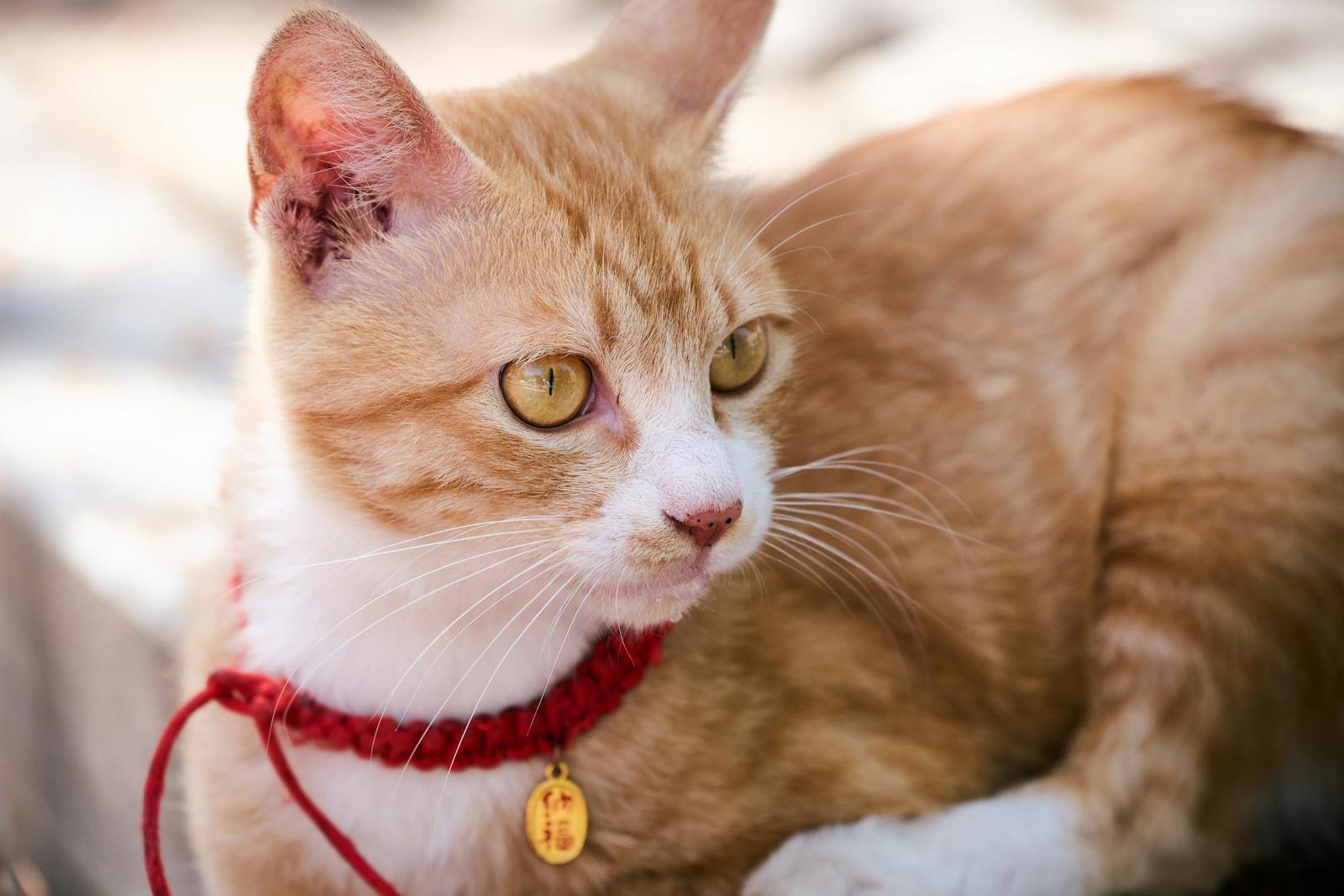Welcoming a new situation with an emotionally sensitive cat can sometimes feel like introducing a shy child to a bustling playground. These cats, with their heightened awareness and cautious demeanor, require a gentle touch and understanding heart. Whether it’s a new home, a different pet, or a fresh human face, these experiences can be overwhelming. But with patience, love, and the right approach, you can help your feline friend navigate these changes smoothly. Let’s delve into the art of introducing emotionally sensitive cats to new situations in a way that respects their unique personalities.
Understanding Your Cat’s Sensitivity

Every cat has its own personality, but emotionally sensitive cats stand out due to their heightened reactions to changes. These felines may become easily stressed or anxious in unfamiliar environments. Think of them as the introverts of the feline world, needing time to warm up to new experiences. Their sensitivity might stem from past traumas, genetic predispositions, or simply their unique temperament. Recognizing this sensitivity is the first step in helping them adjust to new situations. By observing their behavior and noting what triggers their anxiety, you can start to craft an environment that feels safe and secure for them.
Creating a Safe Space
A safe space acts as a sanctuary for your sensitive cat, offering them comfort amidst change. This space should be quiet, free from loud noises or bustling activity, and filled with familiar items like their favorite blanket or toys. Just as you’d want a cozy corner to retreat to after a long day, cats need a similar haven when faced with new situations. Ensure this space is accessible at all times, allowing your cat to retreat when they feel overwhelmed. Over time, this consistent sanctuary becomes a cornerstone of reassurance, helping them feel more secure in their surroundings.
Gradual Introductions to New Environments
When introducing a sensitive cat to a new environment, patience is key. Start by allowing them to explore one room before gradually expanding their territory. It’s akin to dipping your toes in the water before diving in; small steps can make a big difference. Allow them to sniff and investigate at their own pace, ensuring they don’t feel rushed. Monitor their reactions closely, offering comfort and encouragement as needed. This gradual exposure helps them acclimate without feeling bombarded, building their confidence with each new discovery.
Introducing New Pets
Bringing a new pet into the home can be a delicate process for sensitive cats. It’s essential to introduce them slowly and in a controlled manner. Begin by allowing them to smell each other’s scents without direct interaction. This can be done by swapping bedding or using a cloth to transfer scent. Once they seem comfortable with each other’s scent, you can proceed with face-to-face meetings in a neutral space. Always supervise these interactions, ensuring that both animals feel safe and secure. Gradually increasing the time they spend together can help foster a peaceful coexistence.
Helping Your Cat Meet New People
Meeting new people can be daunting for emotionally sensitive cats. It’s important to let the cat approach strangers on their own terms. Encourage visitors to remain calm and quiet, allowing the cat to initiate contact. Offering treats can act as a peace offering, helping to build trust. Just like with any new relationship, patience and understanding are paramount. By respecting your cat’s boundaries and providing positive reinforcement, you can help them form new connections without fear.
Using Calming Aids
Sometimes, even with the best efforts, a little extra help is needed. Calming aids, such as pheromone diffusers or sprays, can be beneficial for sensitive cats. These products mimic natural cat pheromones, creating a calming effect in the environment. Think of them as a comforting hug or a soothing lullaby, helping to ease anxiety. Always consult with a veterinarian before introducing any new products, ensuring they’re safe and suitable for your cat’s needs.
Recognizing Signs of Stress
Understanding the signs of stress in your cat is crucial for addressing their needs. Common indicators include excessive grooming, hiding, decreased appetite, or aggression. Observing these behaviors can be likened to reading an emotional map, guiding you to areas that need attention. By identifying stressors, you can make necessary adjustments to your cat’s routine or environment, promoting a sense of well-being. Remember, a happy cat is a healthy cat, and being attuned to their emotions is key to their overall happiness.
Building Trust and Strengthening Bonds
At the heart of introducing your cat to new situations is the bond you share. Building trust takes time and patience, but the rewards are immeasurable. Engage in regular playtime, provide consistent routines, and always approach with kindness. Just as a friendship deepens with shared experiences, your relationship with your cat will flourish with mutual understanding and respect. By fostering a strong bond, you create a foundation of trust, making it easier for your cat to navigate new experiences with confidence.
In conclusion, introducing emotionally sensitive cats to new situations requires a blend of patience, understanding, and love. By creating a safe environment, recognizing their cues, and gradually introducing changes, you can help your feline friend embrace new experiences with ease. Remember, every cat is unique, and what works for one may not work for another. Tailor your approach to suit your cat’s individual needs, and you’ll be rewarded with a harmonious and trusting relationship.

Linnea is a born and bred Swede but spends as much time as possible in Cape Town, South Africa. This is mainly due to Cape Town’s extraordinary scenery, wildlife, and atmosphere (in other words, because Cape Town is heaven on earth.) That being said, Sweden’s majestic forests forever hold a special place in her heart. Linnea spends as much time as she can close to the ocean collecting sea shells or in the park admiring puppies.






